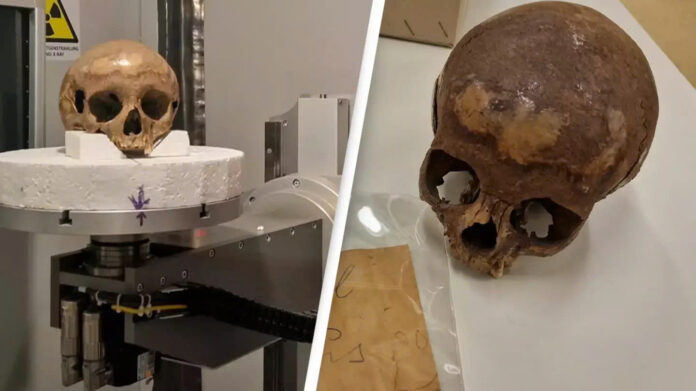A Royal Mystery That Captivated Archaeologists for Nearly 100 Years
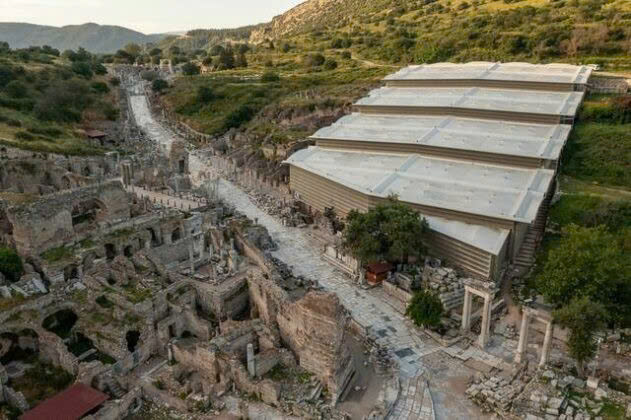
In the ancient ruins of Ephesus, Turkey, lies one of archaeology’s most fascinating cases of mistaken identity. For almost a century, researchers believed they had discovered the remains of Arsinoë IV, the half-sister of the legendary Egyptian queen Cleopatra. This compelling theory connected the skeletal remains to one of history’s most famous royal families, sparking decades of scholarly debate and public fascination.
The 1929 Discovery That Started It All
The story begins in 1929 when archaeologists made a remarkable discovery in the Octagon building at Ephesus, a city once home to the magnificent Temple of Artemis. Within an ornate marble sarcophagus, they found human remains that would puzzle researchers for generations.

The burial site itself was intriguing. The elaborate marble sarcophagus suggested the deceased held high social status, yet the grave contained no inscriptions or personal belongings that could reveal the person’s identity. Based on the location’s historical significance and ancient records, scholars proposed that these might be the remains of Arsinoë IV.
The Historical Context of Arsinoë IV
Arsinoë IV played a significant role in the dramatic political events of the Ptolemaic dynasty. After facing defeat during the Siege of Alexandria against Cleopatra and Julius Caesar, she sought protection at the Temple of Artemis in Ephesus. However, her refuge was temporary. In 41 B.C., she met her end when Marc Antony, following Cleopatra’s wishes, ordered her elimination.
Given her historical importance and connection to Ephesus, the theory linking the skeleton to Arsinoë seemed logical, though it remained largely speculative for decades.
Modern Science Rewrites Ancient History
Revolutionary Forensic Analysis
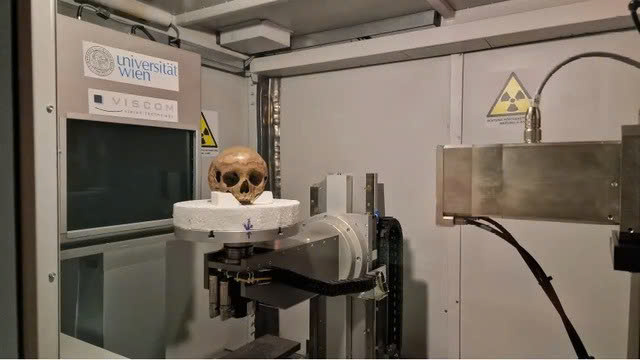
In a groundbreaking study published in Scientific Reports, researchers applied cutting-edge scientific methods to examine the ancient remains. Their toolkit included radiocarbon dating, DNA analysis, and advanced micro-CT scanning technology. The results would completely transform our understanding of this archaeological mystery.
The radiocarbon dating revealed that the remains dated between 205 and 36 B.C., a timeframe that aligned with Arsinoë’s historical period. This initial finding seemed to support the century-old theory.
The Unexpected Revelations
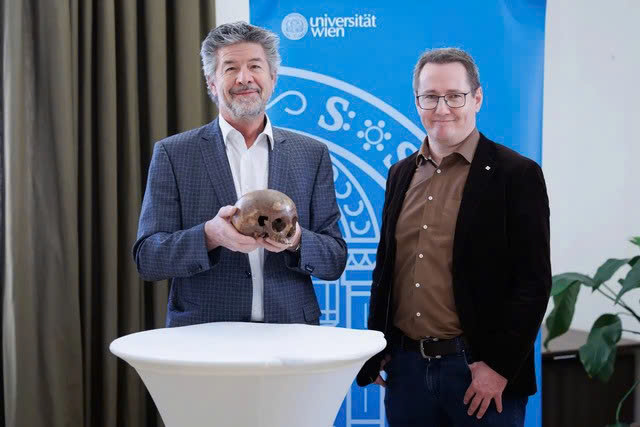
However, detailed skeletal analysis revealed surprising discrepancies. The bone structure indicated the individual was only 11 to 14 years old at the time of death, while historical records show Arsinoë was 22 when she died. This significant age difference raised the first serious questions about the identification.
The most definitive answer came through DNA testing. The presence of a Y chromosome clearly indicated that the skeleton belonged to a male individual, not the female Arsinoë. This scientific evidence definitively resolved the debate that had persisted for nearly a century.
Uncovering the True Story
Medical Mysteries from Ancient Times
The research team’s investigation revealed fascinating details about the young person’s life. The skull showed unusual asymmetry caused by the early fusion of cranial sutures, a condition typically associated with aging but occurring prematurely in this case.

The individual also had jaw malformations and dental irregularities, including unerupted teeth that showed no signs of use. These physical characteristics led researchers to theorize that the person may have suffered from Treacher Collins syndrome (TCS), a rare genetic condition affecting facial development.
While the available DNA samples were insufficient to confirm this diagnosis conclusively, the skeletal evidence strongly supported this medical theory.
An Enigmatic Burial
The discovery raised intriguing questions about why this young person received such an elaborate burial in the prestigious Octagon building. Without grave goods or inscriptions to provide clues, archaeologists can only speculate about the circumstances.
Several possibilities emerge: the individual might have held special religious or cultural significance, or perhaps family connections warranted this honor. The burial practices of ancient Ephesus may have included provisions for individuals with unique circumstances that we don’t fully understand today.
Implications for Archaeological Research
The Search for Arsinoë Continues
With the Ephesus remains identified as belonging to someone else entirely, the question of Arsinoë IV’s final resting place remains open. Ancient historical sources mention her death but provide no details about her burial, leaving room for future archaeological discoveries.
This case demonstrates how historical narratives, regardless of how compelling they may seem, can be transformed by scientific advancement. It also highlights the complex nature of ancient burial practices and social structures.
The Power of Modern Archaeological Science
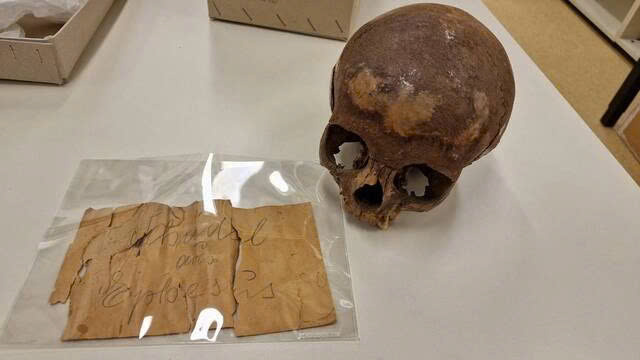
This revelation showcases the remarkable capabilities of contemporary archaeological methods. Technologies like micro-CT scanning and DNA analysis have revolutionized our ability to study ancient remains, providing insights that were impossible just decades ago.
The combination of multiple scientific approaches – dating, genetic analysis, and detailed skeletal examination – created a comprehensive picture that definitively resolved this long-standing mystery.
Lessons from the Ephesus Discovery
Science Transforms Historical Understanding
The transformation of this century-old theory demonstrates the dynamic nature of archaeological knowledge. What seemed certain based on circumstantial evidence has been completely rewritten through scientific investigation.
This case also reminds us that ancient individuals whose names are lost to history still have stories worth telling. The young person buried in the Octagon may not have been royalty, but their remains provide valuable insights into ancient medical conditions, social practices, and the complexity of past civilizations.
Video
Looking Forward
As archaeological science continues to advance, we can expect more surprises and revelations about the ancient world. Each new discovery and technological breakthrough brings us closer to understanding the lives of people who lived thousands of years ago.
The Ephesus mystery serves as a perfect example of how patience, scientific rigor, and technological innovation can unlock secrets that have remained hidden for centuries. While we may never know the young person’s name or exact circumstances, their story has become part of our broader understanding of ancient life and culture.
Conclusion: One Mystery Solved, Others Await
The resolution of the Ephesus skeleton mystery marks both an ending and a beginning. While it closes a century-long archaeological debate, it simultaneously opens new questions about ancient burial practices, medical conditions in antiquity, and the ongoing search for other historical figures.

This remarkable case study illustrates that history is far more complex and surprising than we often assume. As we continue to develop new scientific methods and revisit old discoveries, we can anticipate more revelations that will reshape our understanding of the ancient world.
The search for Arsinoë IV continues, along with countless other mysteries waiting to be solved in archaeological sites around the globe. Each discovery brings us one step closer to understanding the rich tapestry of human history and the fascinating lives of those who came before us.
